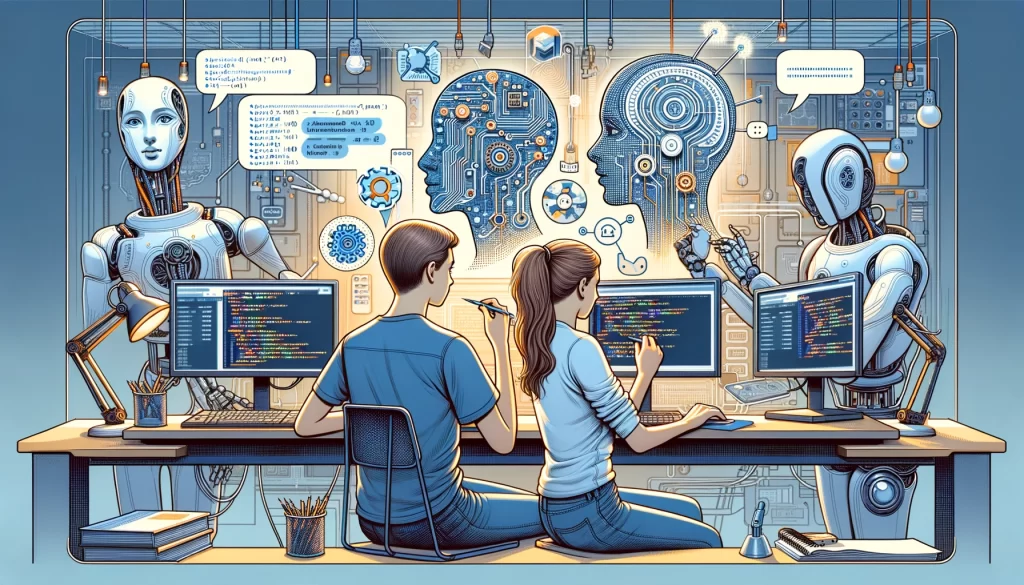At the MIT-IBM Watson AI Lab, master’s students Irene Terpstra ’23 and Rujul Gandhi ’22 are pioneering the use of language in technological innovations. Their work focuses on employing natural language for designing integrated circuits and enhancing robot communication.
Irene Terpstra and Rujul Gandhi, master’s students at MIT, are collaborating with mentors from the MIT-IBM Watson AI Lab to harness the power of natural language in AI systems. Their objective is to innovate computer chip design and improve machine-human interactions.
Terpstra, under the guidance of Anantha Chandrakasan, MIT School of Engineering dean, and Xin Zhang from IBM, is developing an AI algorithm to assist in creating new computer chips. This involves using large language models such as ChatGPT and Bard, coupled with a circuit simulator language called NGspice and a reinforcement learning algorithm. The goal is to systematize the circuit design process using these models, potentially leading to AI-driven chip design.
Gandhi, blending her interests in linguistics and computer science, focuses on enhancing communication between humans and robots. Working with IBM’s Yang Zhang and MIT’s Chuchu Fan, she is developing a parser that translates natural language instructions into a format understandable by machines. This involves using the T5 encoder-decoder model and a dataset of basic English commands, enabling smoother interaction between humans and AI systems, particularly in robotics.
One of Gandhi’s key projects involves developing speech models for “low resource” languages, which lack substantial transcribed speech or written forms. By identifying frequent sound sequences in these languages, her research aims to create a pseudo-vocabulary, facilitating further language processing applications.
These innovative projects at the MIT-IBM Watson AI Lab demonstrate the expansive potential of language technology in diverse areas like software interaction, voice assistants, and language translation.







